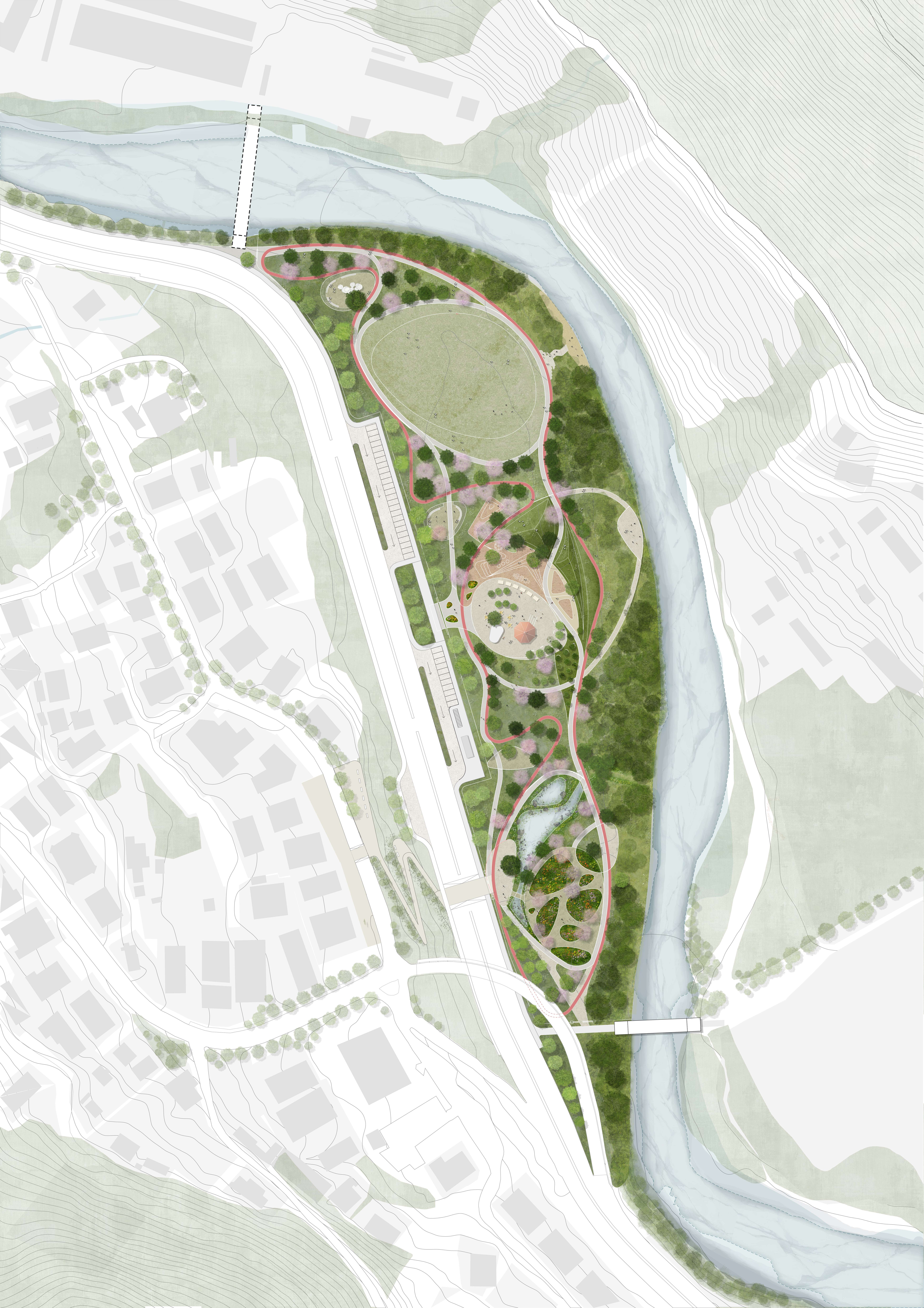
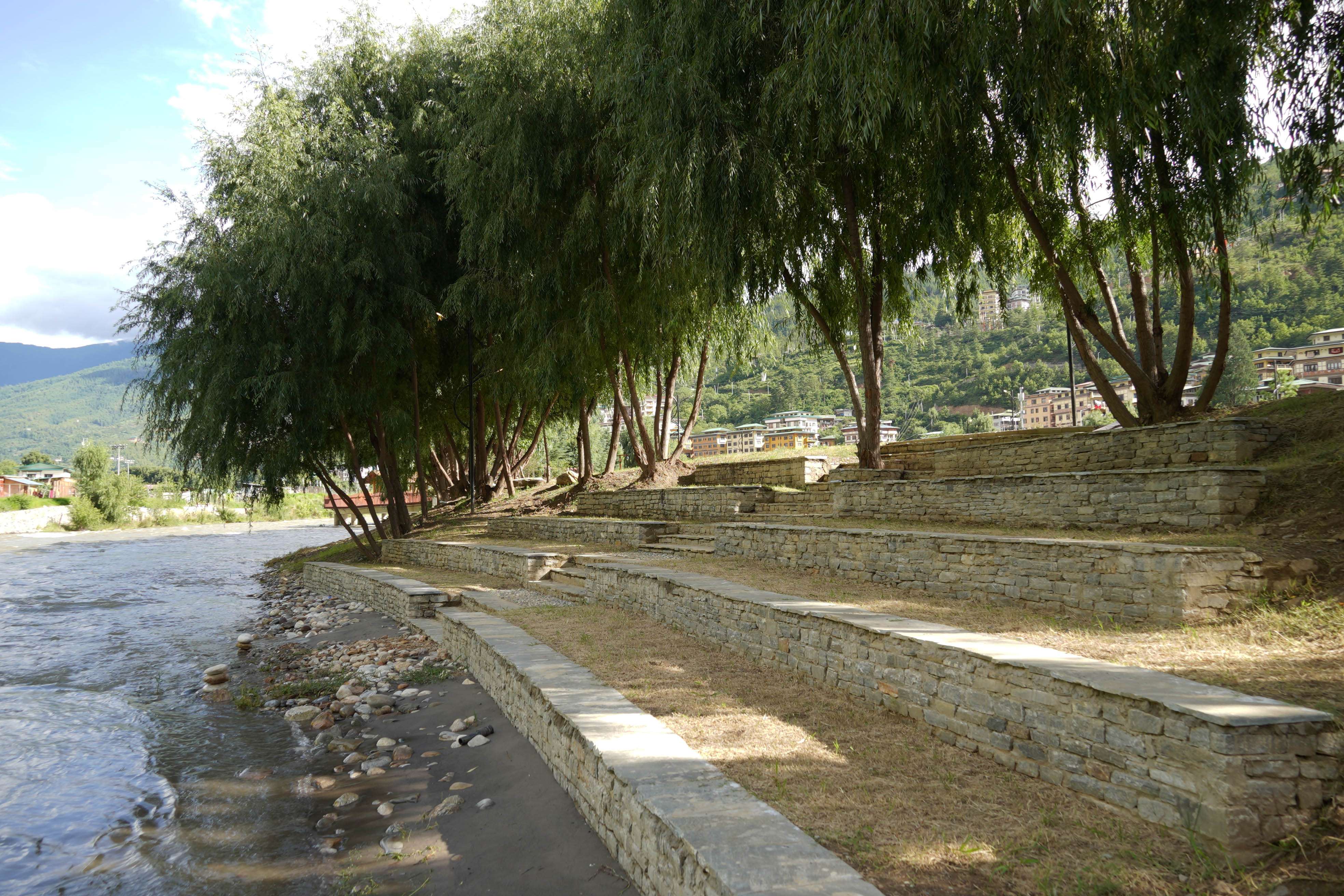
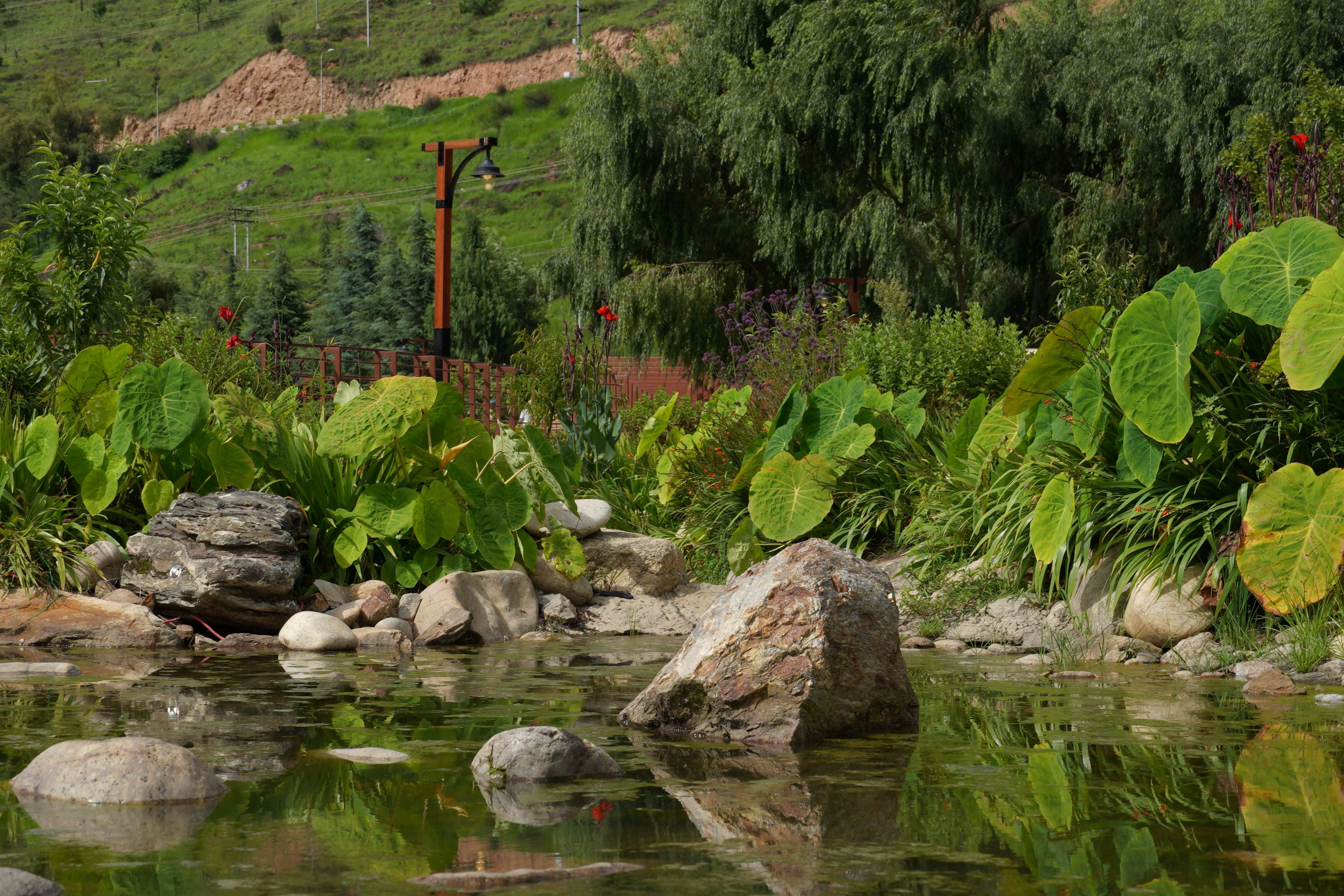
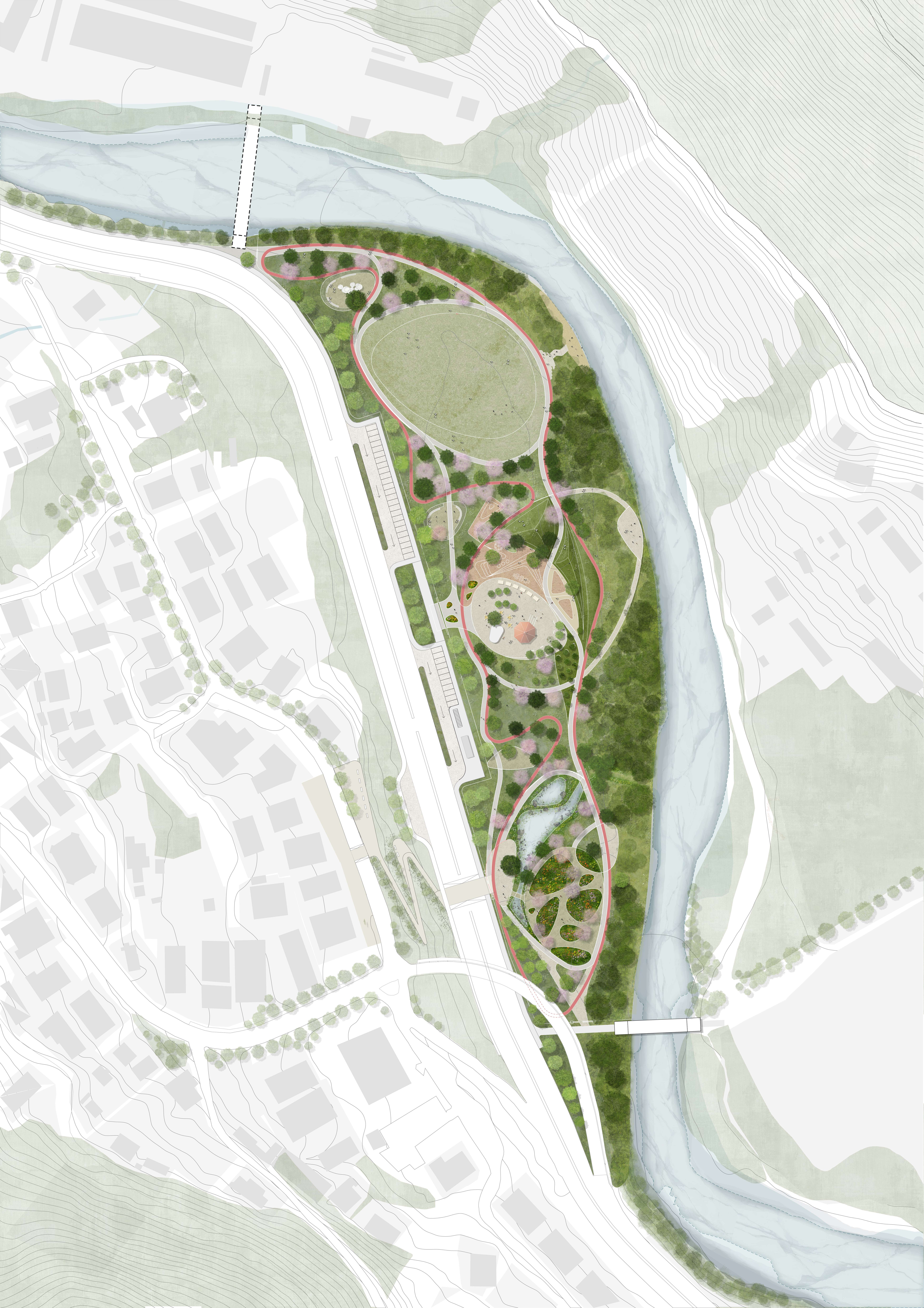
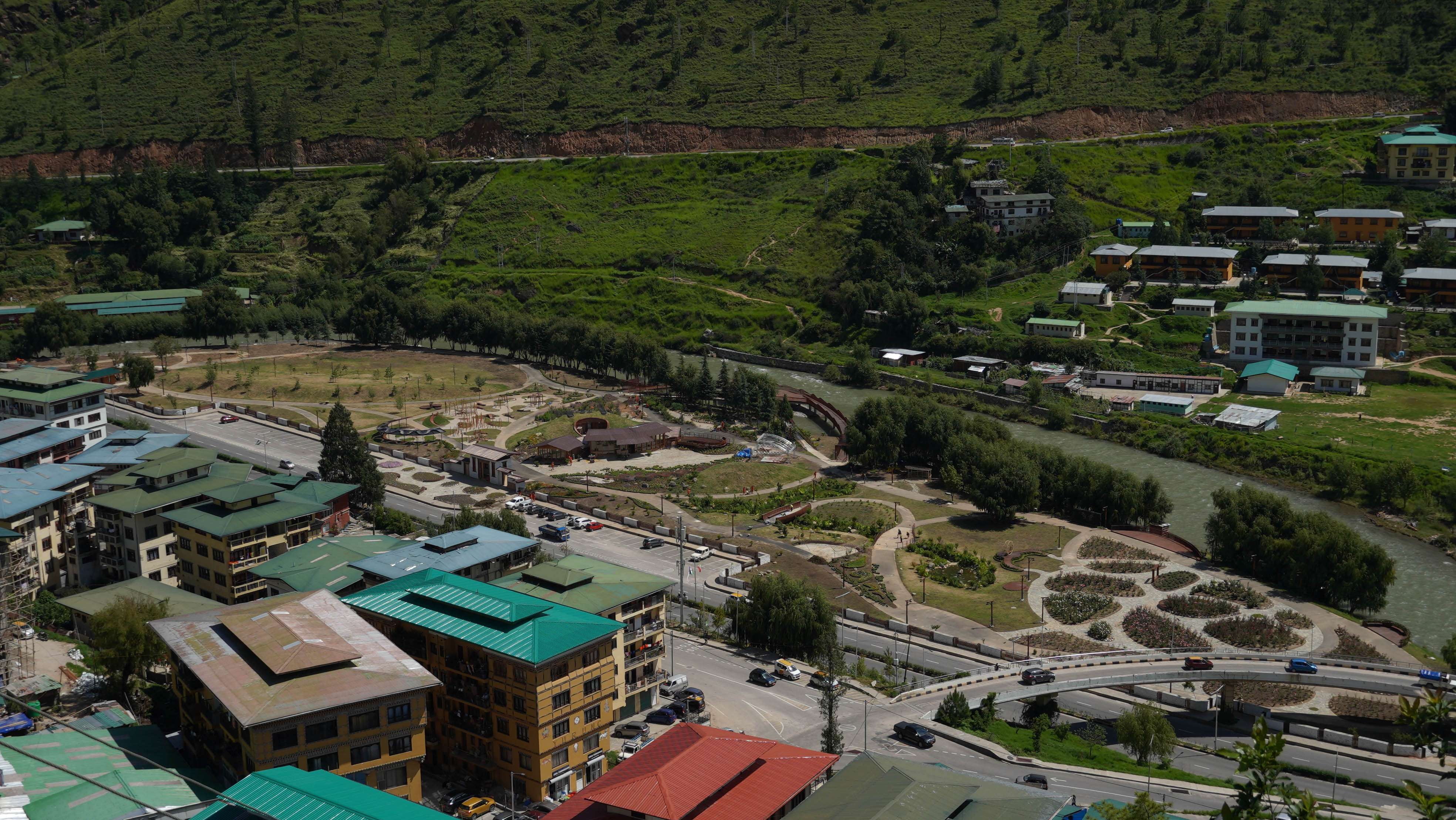
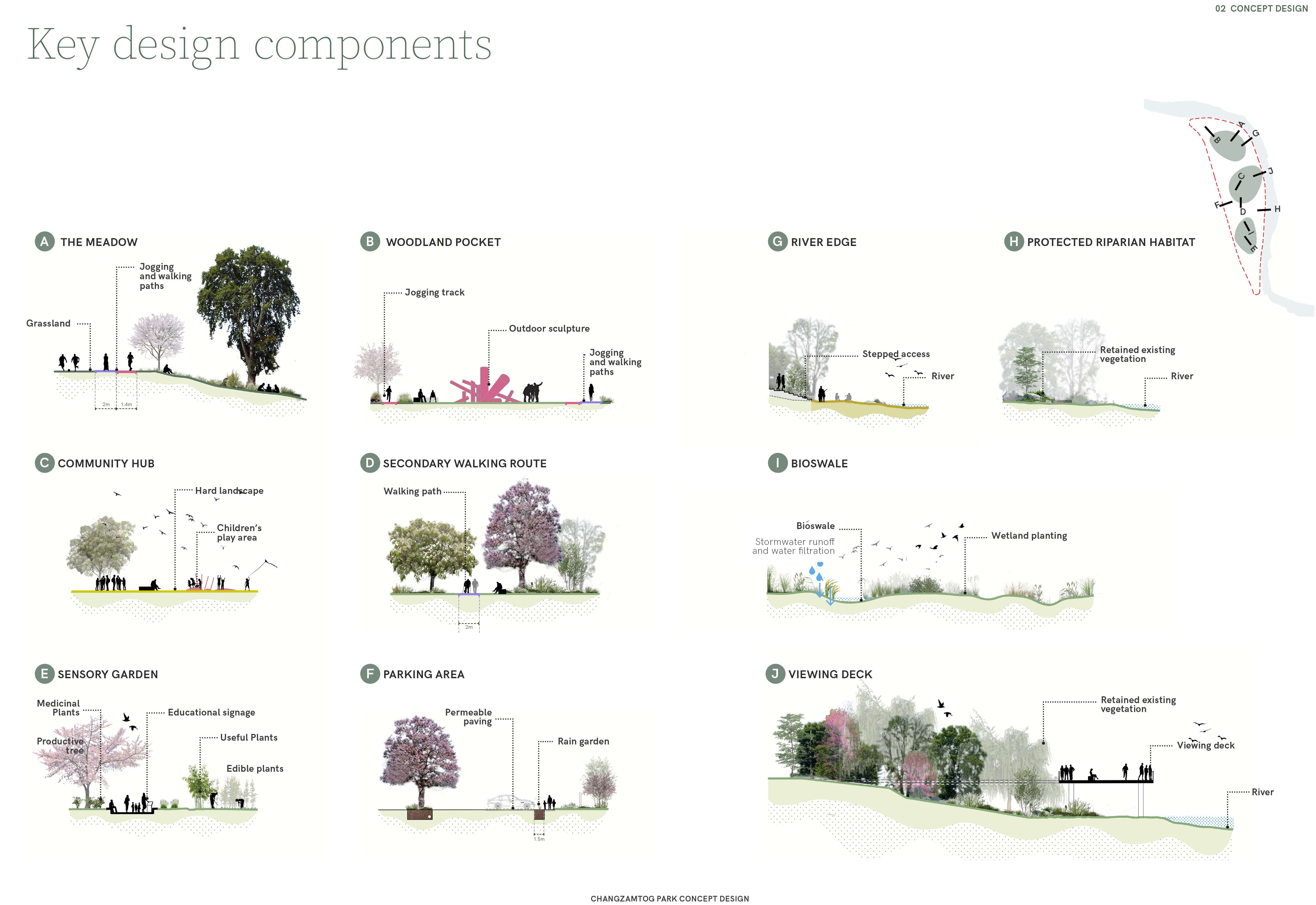
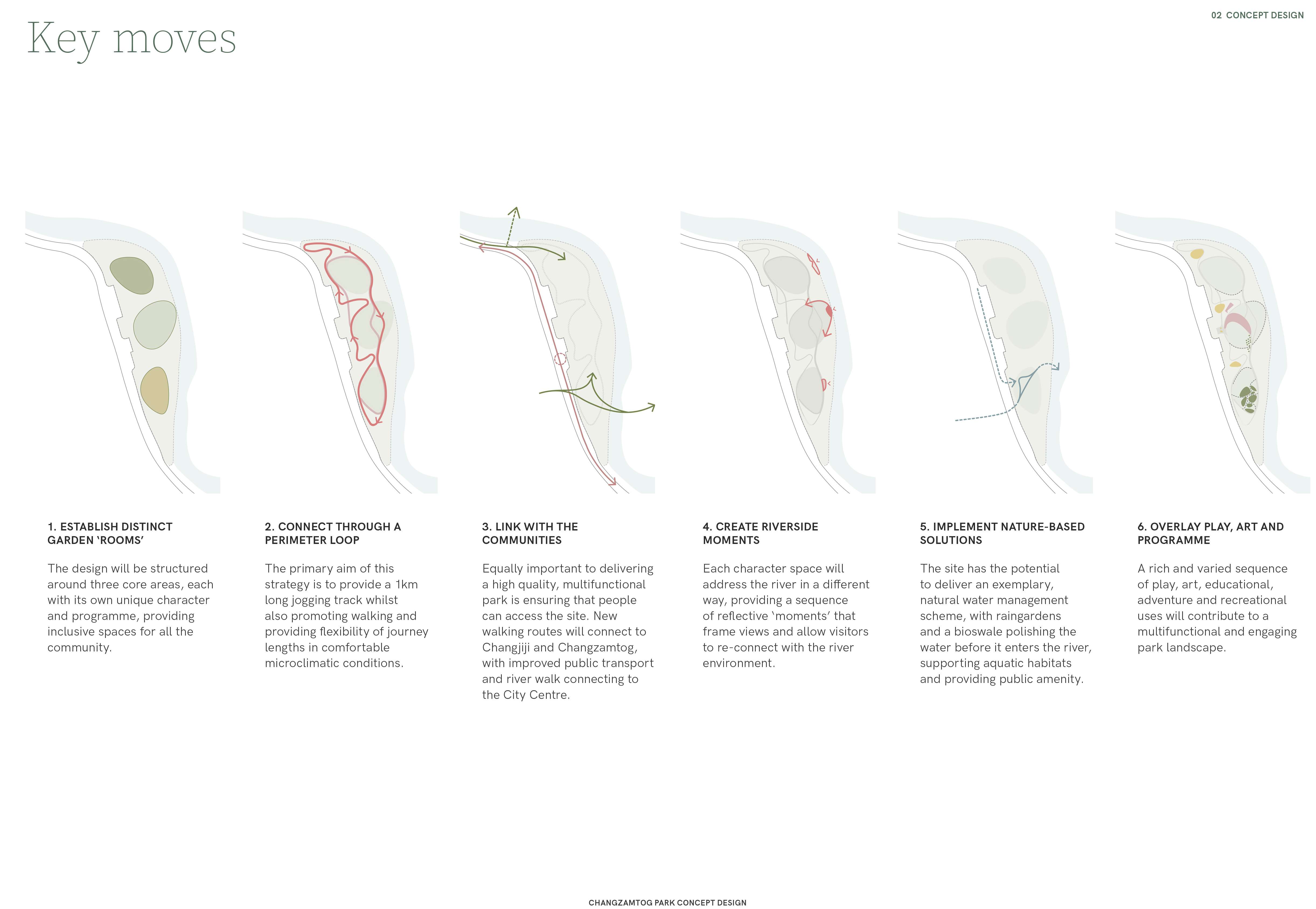
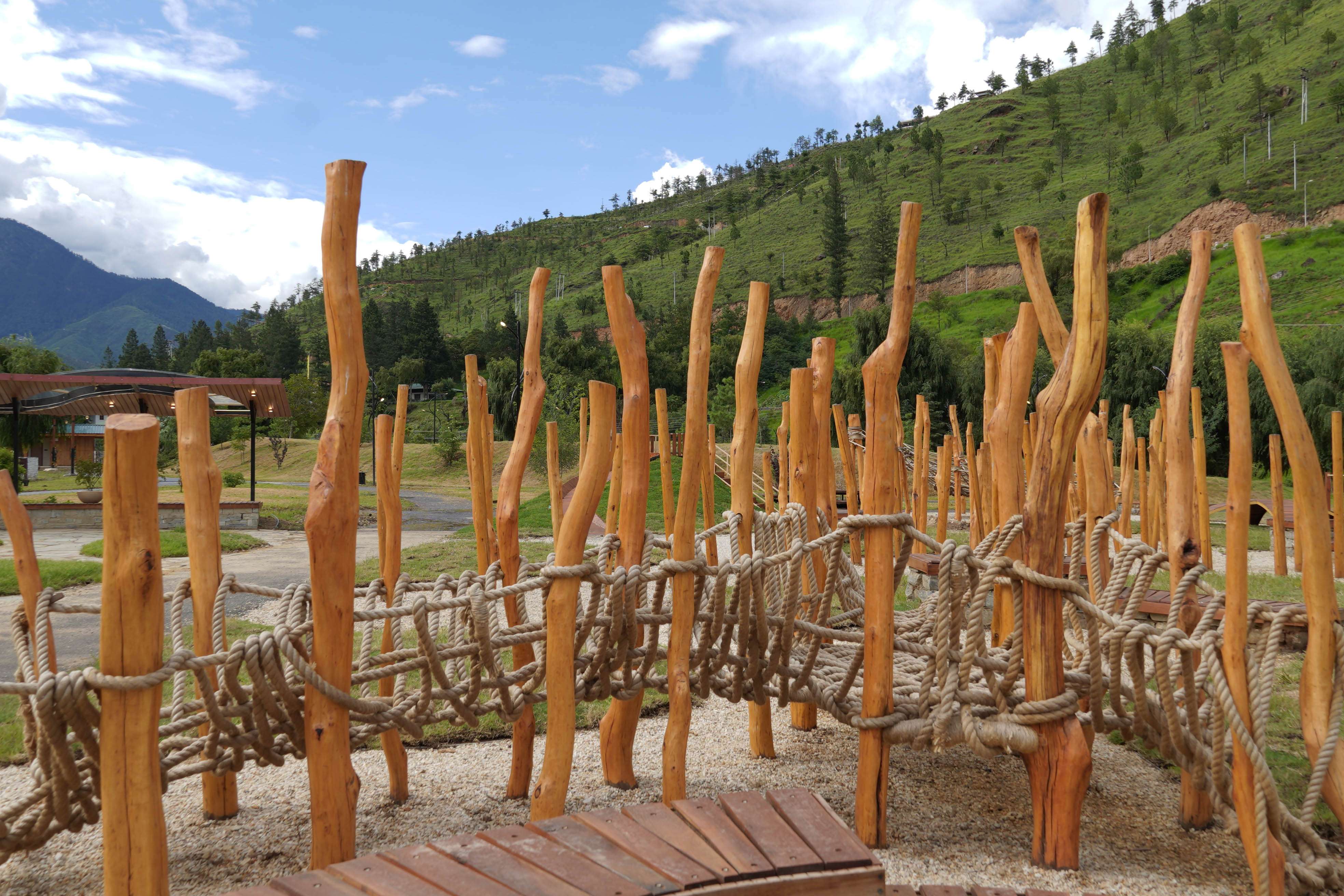
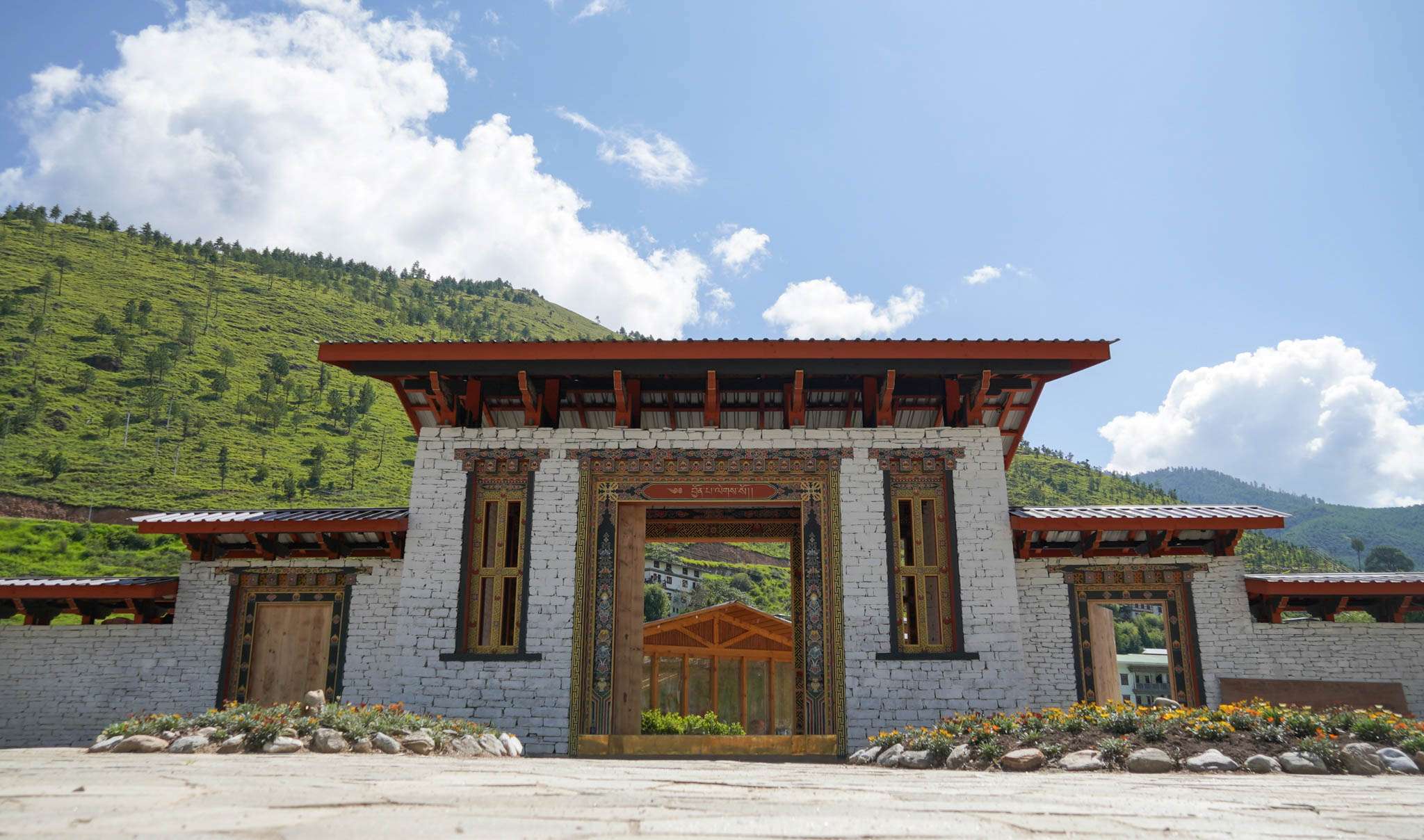
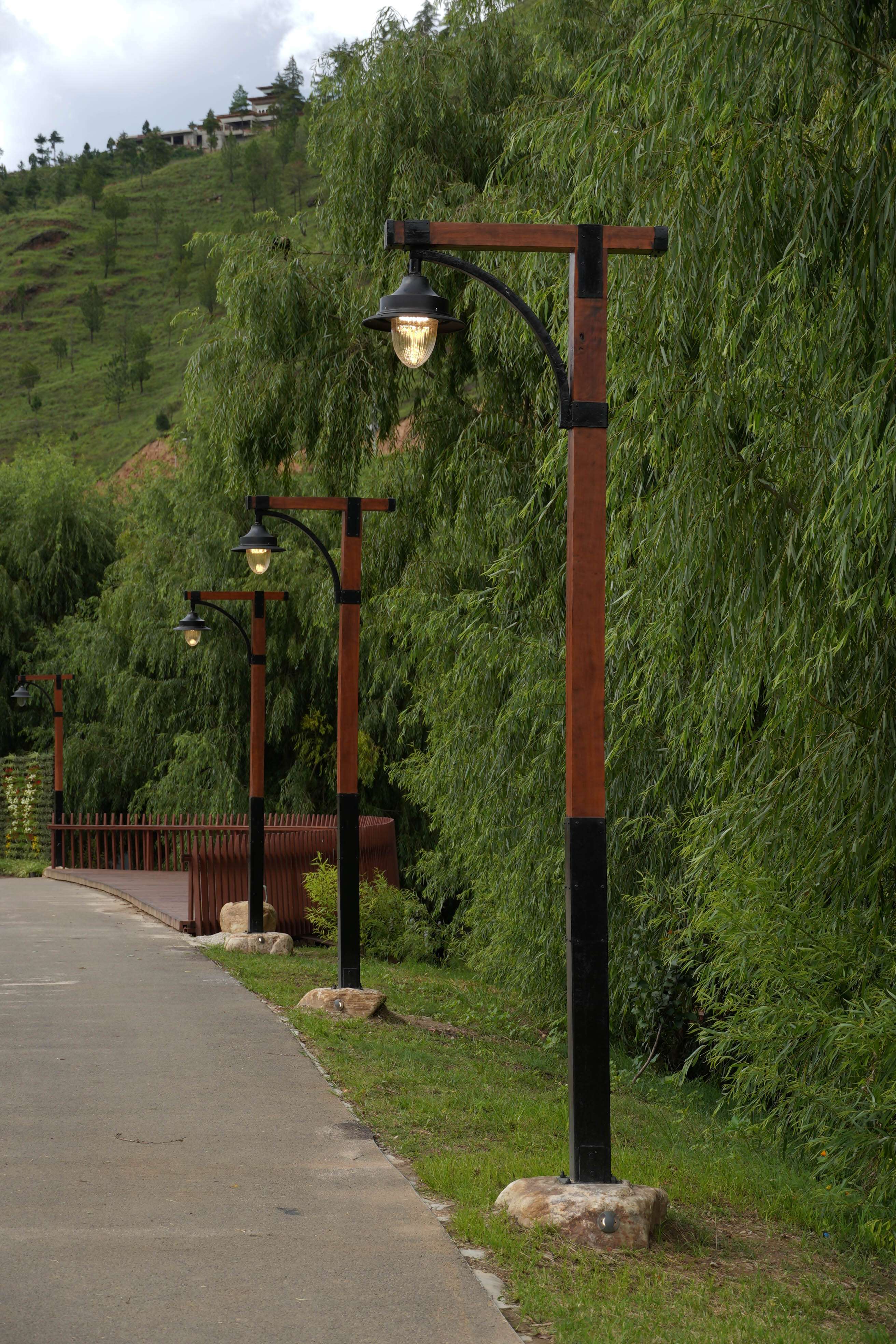
Parque Chang Yul
Chang Yul Park
Bhutan, a Himalayan kingdom guided by the philosophy of Gross National Happiness, is globally recognized for its commitment to environmental conservation—over 70% of the country remains forested, with more than half protected. Thimphu, its capital, is a city of sacred peaks and rich biodiversity, but faces environmental challenges due to rapid, unplanned urbanization.
In response, the Green Infrastructure and Open Space Masterplan was created as part of the broader Thimphu Structure Plan, aiming to establish a network of multifunctional green spaces that strengthen climate resilience, celebrate culture, and enhance quality of life. Chang Yul Park, completed in 2024, was selected as a pilot project to demonstrate how nature-based, inclusive design can transform urban environments.
Chang Yul Park, completed in 2024, was selected as one of the Masterplan’s priority projects and developed as a pilot for nature-based and inclusive urban design. Located on a formerly degraded site along the Wangchhu River, once known as a truck parking area in Changzamtog, the park represents a dramatic transformation.
Through the establishment of an inclusive, varied and rich parkland environment, Chang Yul Park presents a unique opportunity to establish a benchmark for riverside parks in Thimphu. Proposals advocate for an inclusive, safe and vibrant environment, promoting healthy living and providing amenity for all the community to enjoy. Key strategies include:
- Connecting Changjiji with Changzamtog through a new pedestrian priority route connecting communities
- Defining distinct parkland environments, or ‘garden rooms’ which balance active and passive uses
- Prioritising nature-based solutions through the naturalisation of the existing stormwater drain
- Creating ‘moments’ along the river’s edge which allow people to experience the water in engaging yet safe ways
- Overlay play, art and programme with a rich and varied sequence of adventure and recreational uses will contribute to a multifunctional and engaging park landscape.
The design aims to put people and nature first. A carefully considered movement strategy prioritises pedestrian mobility to and through the site, considering the arrival sequence of those visiting. The planting design will be both beautiful and functional, showcasing the wondrous and varied flora of Thimphu and its surroundings. The park embeds regenerative and resilient design, with principles of water treatment, storage and reuse as part of an integrated SuDS strategy. It is also a space for art and creativity, with an evolving programme of installation, events and activities.
Six guiding principles shaped the design and development of Chang Yul Park:
- Celebrate Tradition and Local Vernacular: Using local materials and craftsmanship to honour Bhutanese heritage.
- Provide Shade and Thermal Comfort: Ensure comfort across changing seasons, enhancing usability throughout the day.
- Balance Active and Passive Uses: Offering dynamic spaces that change with the seasons and repeated visits.
- Ensure Accessibility for All: Inclusive design connects spaces for users of all ages and abilities.
- Showcase Native Flora: Celebrating Bhutan’s biodiversity and ethnobotanical knowledge.
- Enable Transitions: Spatial thresholds unify distinct experiences across the park.
The park features three character areas, each with a unique identity and program:
- The Meadows: A flexible, open lawn for recreation, framed by shade trees and looping walkways, ideal for picnics, sports, and gatherings.
- The Community Hub: At the park’s heart, this active zone includes a café, open-air gallery, performance plaza, and accessible facilities. It is designed as a lively meeting point.
- The Sensory Gardens: These immersive spaces highlight Bhutan’s relationship with plants in medicine, craft, and agriculture. A naturalised swale and interactive features make the gardens educational and engaging.
Attracting over 6,000 visitors each weekend, Chang Yul Park has become a vibrant, inclusive urban space. Once an industrial zone, it is now a riverside park and community anchor, offering ecological, cultural, and recreational benefits.
By integrating climate-responsive design, cultural identity, and public well-being, Chang Yul Park demonstrates how thoughtful landscape architecture can shape Bhutan’s sustainable urban future.
The project was led by the Ministry of Infrastructure and Transport (MoIT), in collaboration with the Department of Human Settlement, the Royal Commission for Urban Development (RCUD), the Desuung Office, the Royal Project Coordination Office, and Thimphu Thromde. The project mobilised more than 600 Desuups volunteers, including over 130 who worked full-time onsite for over six months.
